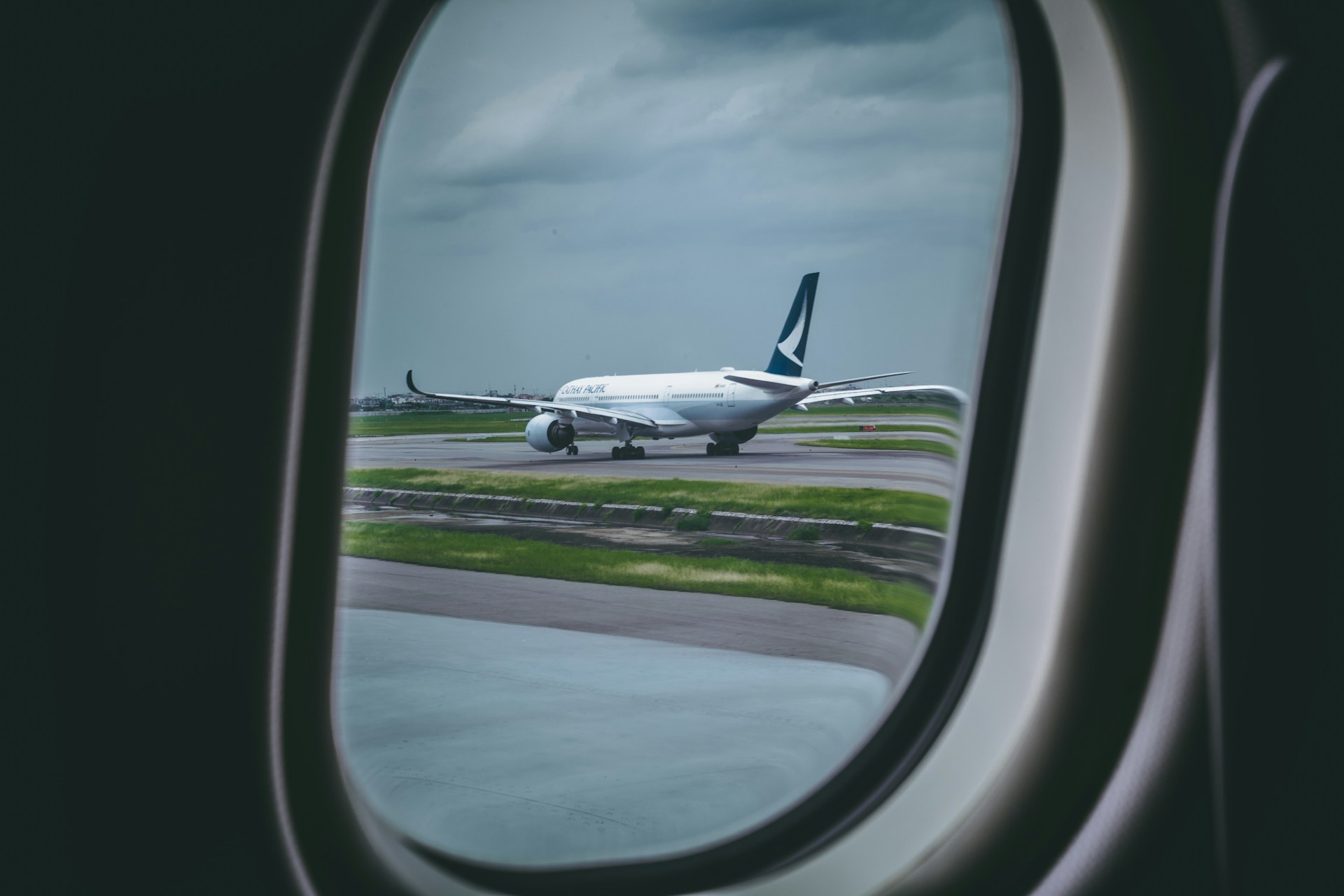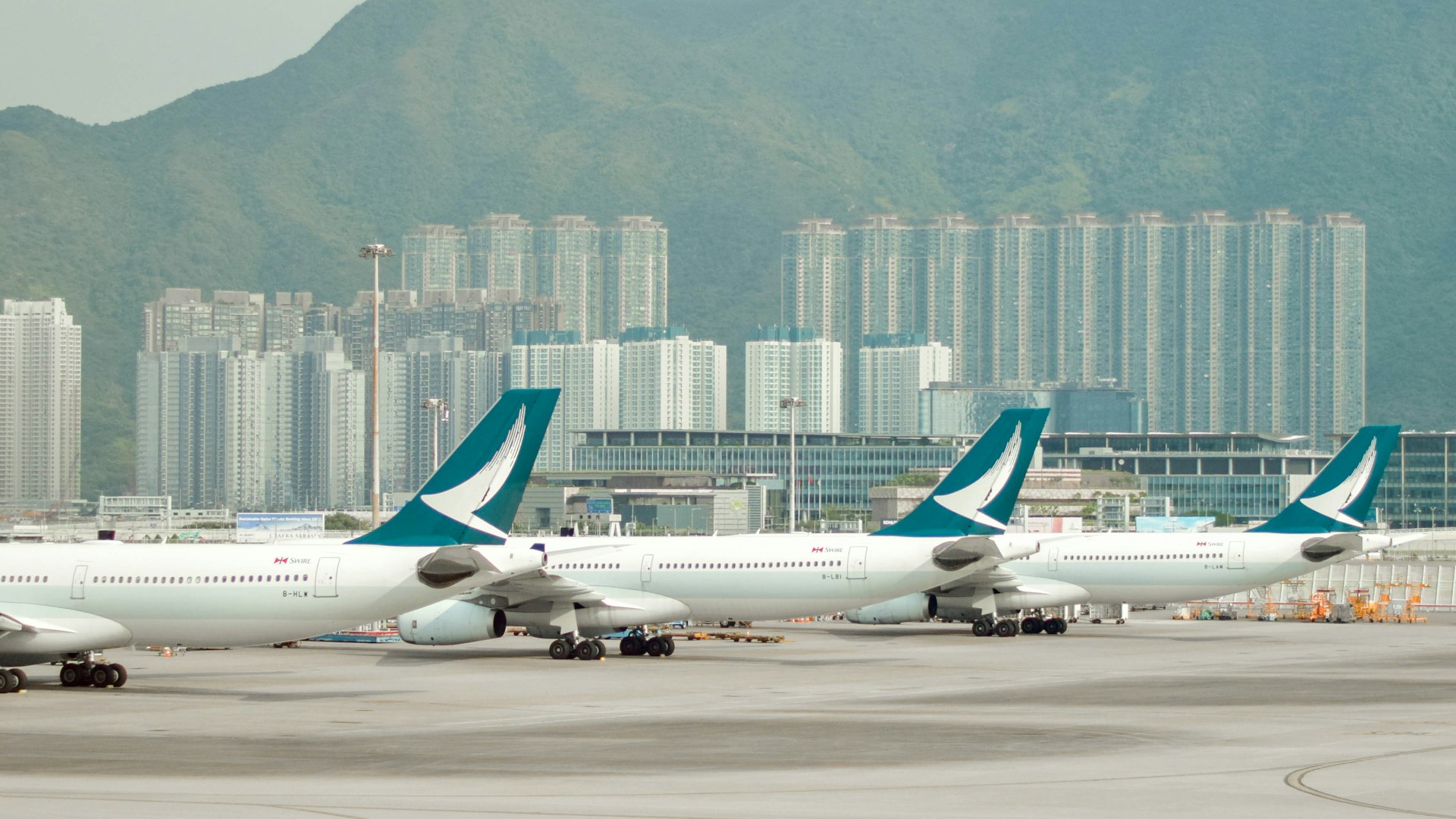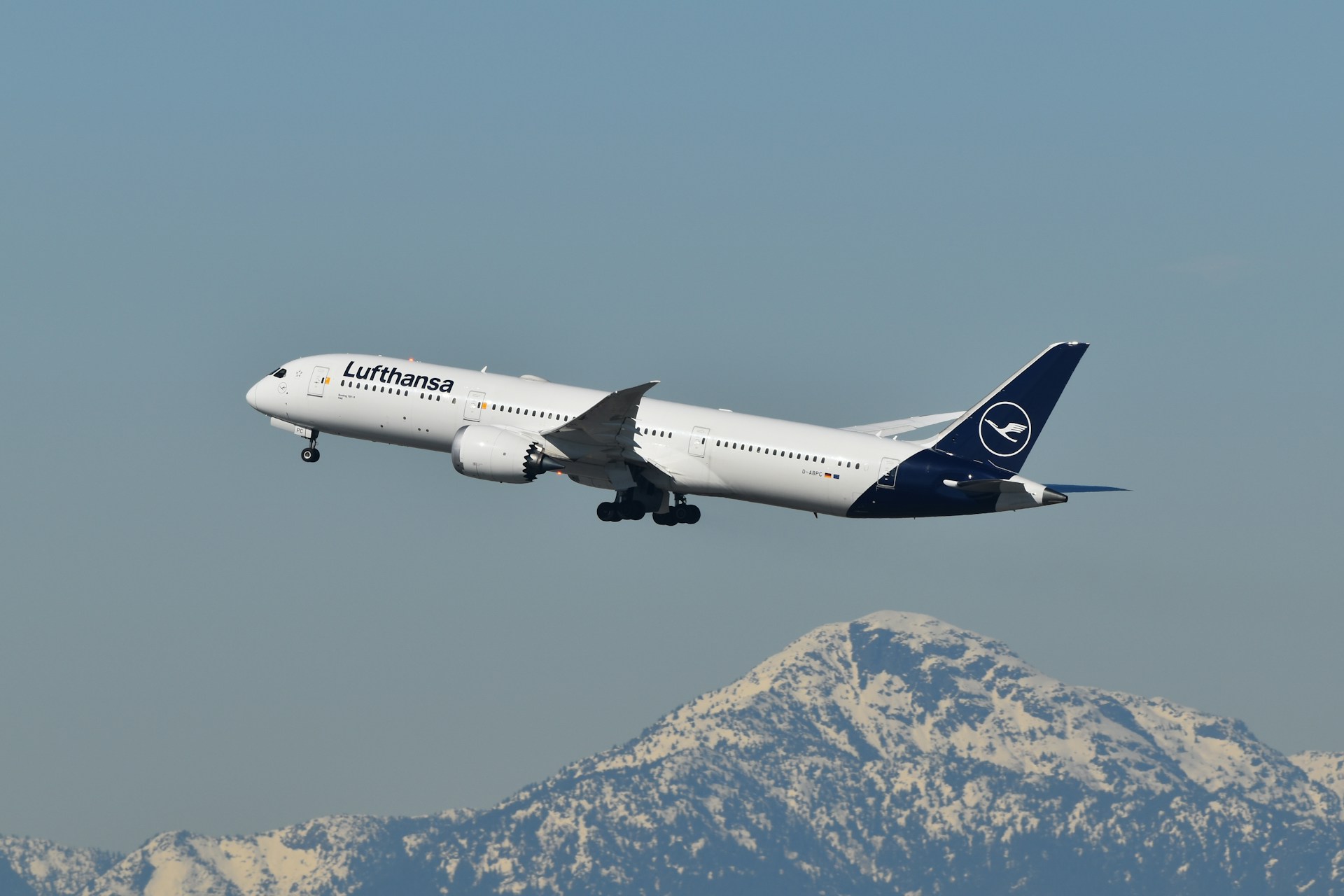Cathay Pacific Charts Bold Growth with Network Expansion and Fleet Modernization
Key Takeaways
- Cathay Pacific is strategically expanding its route network with new destinations and increased frequency on key routes.
- The airline is modernizing its fleet with fuel-efficient wide-body aircraft to cut costs and reduce emissions.
- Premium leisure destinations and global business hubs are top priorities, targeting high-yield passenger markets.
- Hong Kong’s role as a strategic global hub supports Cathay’s plan to link Asia-Pacific with Europe and North America.
- Cargo demand remains a decisive factor in route selection, reinforcing Cathay’s dual strength in freight and passenger operations.
Cathay Pacific’s Post-Pandemic Growth Strategy
Hong Kong’s flag carrier is pursuing a carefully balanced expansion plan that blends network growth with fleet renewal. Cathay Pacific is adding new routes while boosting capacity on its busiest long-haul and regional services. By strengthening its global presence, the airline aims to consolidate its competitive position in the Asia-Pacific market while driving post-pandemic recovery.
The airline continues to rely on Hong Kong’s status as a global aviation hub, uniquely positioned to connect Asia with Europe and North America. This hub-and-spoke strategy enables Cathay to maximize connectivity for both passengers and cargo customers.
Modern Fleet for Sustainable Growth
At the heart of Cathay’s expansion is its fleet modernization program. New Airbus A350s, Boeing 777s, and A321neos are being deployed to deliver greater efficiency, extended range, and improved passenger experience.
These aircraft not only lower per-seat operating costs but also align with global sustainability goals, reducing fuel burn and carbon emissions. Such improvements are crucial as regulators, corporations, and travelers place greater emphasis on eco-friendly aviation.
Market Priorities: Business and Leisure
Cathay Pacific’s network expansion is designed to capture demand from both premium leisure travelers and business passengers. Leisure destinations in Europe and Asia-Pacific are seeing increased service to meet surging post-pandemic demand, while business routes to financial and manufacturing hubs remain central to the strategy.
This focus reflects Cathay’s reputation as a premium carrier, emphasizing quality service and strong yield markets rather than rapid low-cost expansion.
Cargo at the Core of Strategy
Unlike many global airlines, Cathay Pacific’s route planning is shaped heavily by its cargo division. Air freight generates a significant share of the airline’s revenue, and every new route is assessed for both passenger and cargo viability.
This dual-focus strategy has allowed Cathay to remain resilient, with cargo operations supporting profitability even when passenger demand fluctuates.

Industry Position and Future Outlook
Cathay’s expansion comes amid intensifying competition from regional rivals in China, Singapore, and the Middle East. However, its measured approach—prioritizing efficiency, sustainability, and premium service—sets it apart.
With Hong Kong as a springboard, Cathay Pacific is well-positioned to strengthen its role as a leading global connector, offering reliable long-haul services and leveraging cargo demand to ensure profitable growth.
FAQs
What new destinations is Cathay Pacific adding?
Cathay has been expanding into European leisure markets, secondary Chinese cities, and emerging Asia-Pacific destinations, depending on demand and aircraft availability.
Which aircraft are used for expansion?
New routes are primarily served by Airbus A350s and Boeing 777s for long-haul, and A321neos for regional growth.
How does cargo influence route choices?
Cargo revenue is a key factor. Routes that balance strong freight demand with passenger traffic are prioritized.
Is Cathay focusing on mainland China?
Yes, both tier-one and tier-two Chinese cities remain strategic targets to capture rising outbound travel demand.
How does Cathay compare with other Asian airlines?
Cathay emphasizes premium markets and service quality over aggressive capacity growth, distinguishing it from budget-focused competitors.
✈️ Bottom Line: Cathay Pacific’s expansion is not about being the biggest—it’s about being the most sustainable, profitable, and strategically connected. By aligning fleet renewal with smart route planning, the airline is securing its role as one of Asia’s most influential carriers.
.zip%20-%201.PNG)



